You see the row of Italian wines in your local wine store and they carry different letters or Italian words on the label. What do they mean?
An Italian Presidential Decree in 1963 established rules to protect wines being named for their original locations. France, in 1952, had established similar rules with the Appellation d’origine.
The laws regulate the type of grapes that are used for a particular wine, the alcohol content, and the aging of the wine. Strict regulations governing growers and producers must be complied with before a wine can achieve certification.
The following levels of designation represent decreasing strictness of rules:
1. Denominazione di Origine Controllata e Garantita (DOCG) (see label above)
A committee guarantees the geographic authenticity of DOCG wines, as well as its quality. This is the strictest category of wine classification in Italy.
2. Denominazione di Origine Controllata (DOC)
The original location of the wine has been certified and the quality tested, but the rules are not as strict as for DOCG wines.
3. Indicazione Geografica Tipica (IGT)
These wines are table wines from a typical geographic area. These are wines that can’t meet all of the regulations for DOC or DOCG wines.
4. Vino da Tavola (VDT)
Simply put, this is table wine.
Normally, the stricter the regulation for which a wine has qualified, the more expensive the price. However, great wines can, and do, exist at the lower levels of designation.
The final judge of a wine’s quality and taste is up to the taster—you!
Cin cin! Cheers!

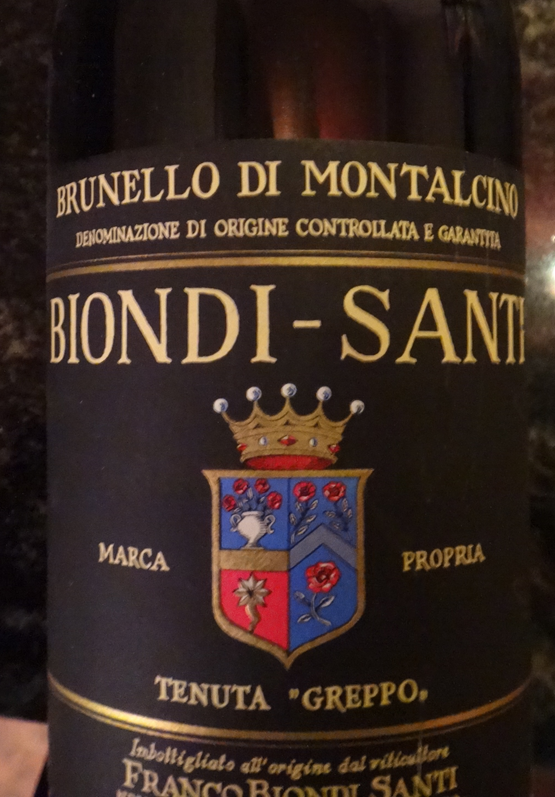


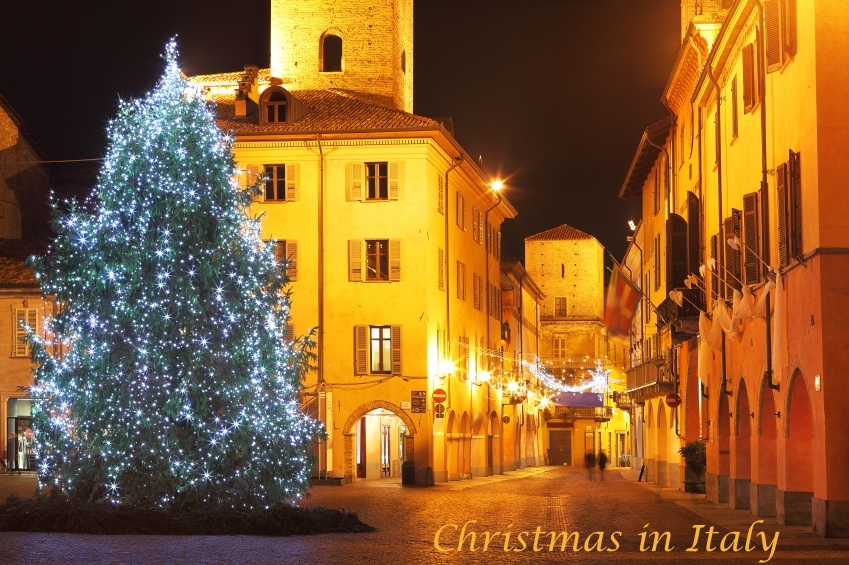


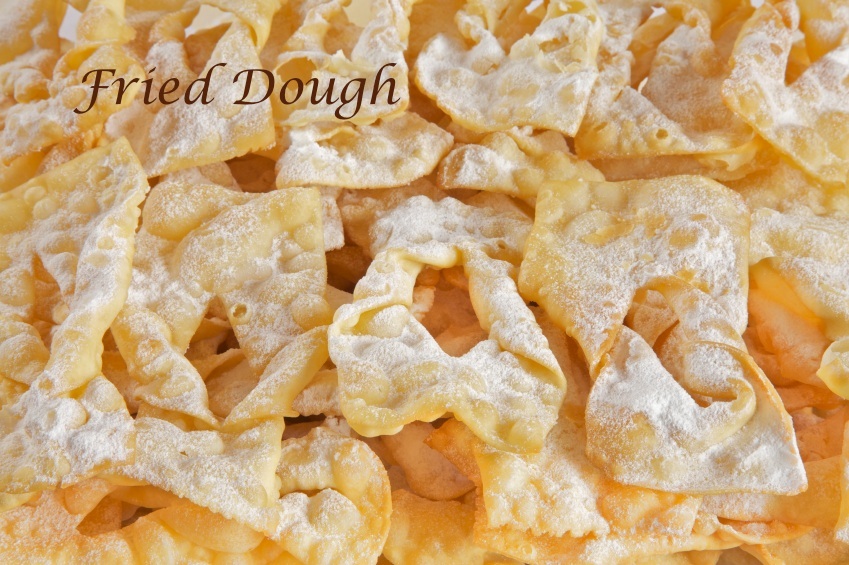


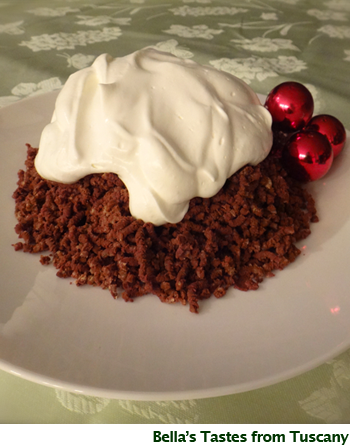
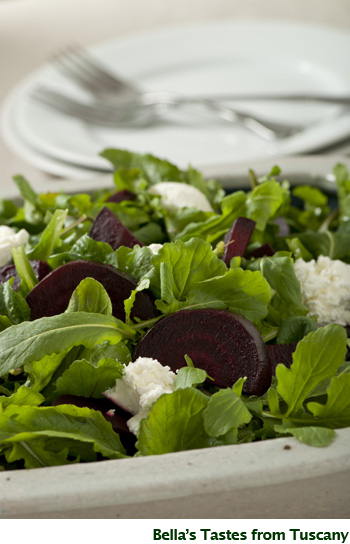 (arugula is “rucola” in Italian, and is often listed as “rocket” on menus)
(arugula is “rucola” in Italian, and is often listed as “rocket” on menus)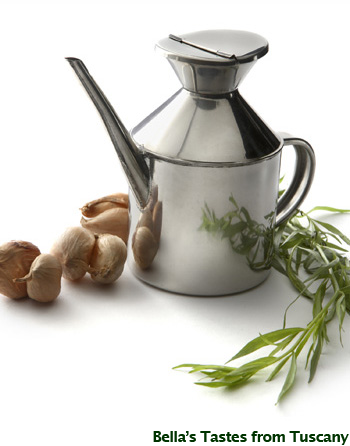 Makes about 1/2 cup
Makes about 1/2 cup